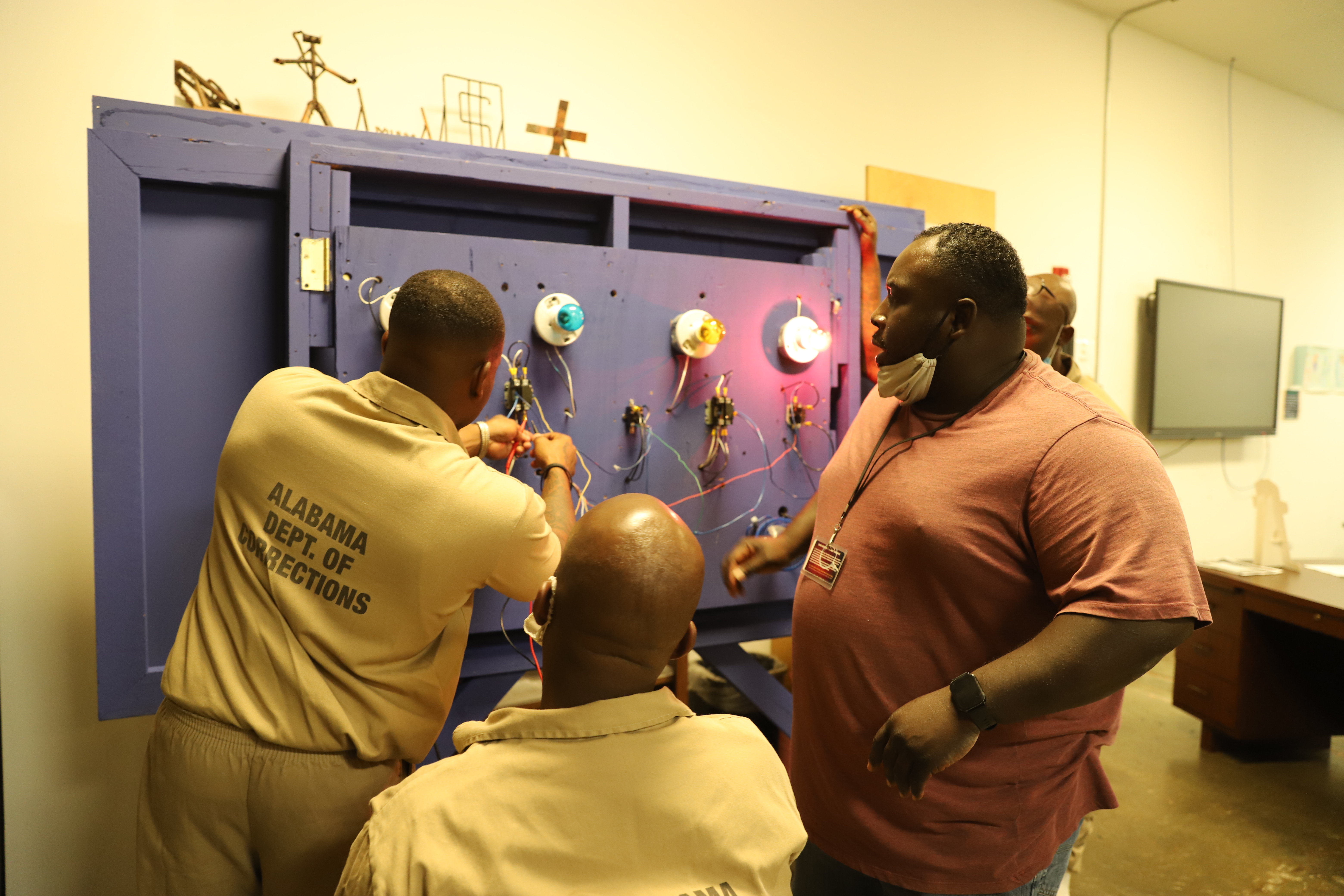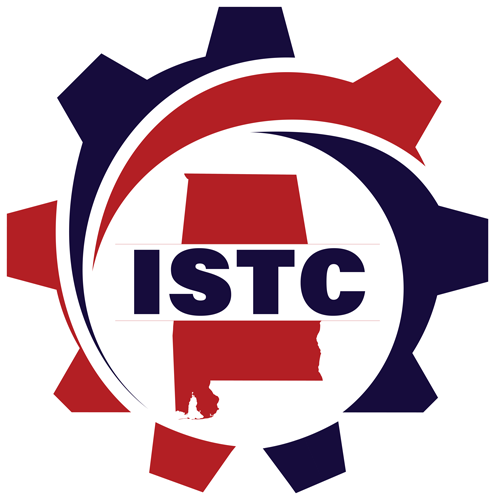
HVAC
The Heating, Ventilation and Air Conditioning (HVAC) program at J.F. Ingram State Technical College is designed to blend theoretical classroom instruction with practical laboratory experience. This comprehensive program spans up to 60 semester hours and equips students with the essential skills for entry-level positions in the HVAC industry. It includes four academic courses totaling 12 semester hours, in addition to all required career technical courses. Students have the opportunity to earn stackable short-term certificates and industry certifications, enhancing their career readiness and employability.
Industry Certifications
EPA Refrigerant Handling
National Career Readiness Certificate
NCCER CORE/ HVAC Level 1
OSHA 10-hr General Industry Safety/Health
Career Opportunities
HVAC technicians play a vital role in maintaining comfortable and healthy environments within buildings by managing temperature and air quality systems. With the increasing complexity of HVAC systems, employers often prefer candidates who have completed postsecondary education or apprenticeships. Some states require HVAC technicians to be licensed, underscoring the importance of comprehensive training and credentialing.
Employment Outlook
According to the Bureau of Labor Statistics, the average annual salary for HVAC technicians in 2023 was $57,300. This statistic reflects the demand and potential for a stable career in this essential field. By completing the HVAC program at J.F. Ingram State Technical College, students prepare themselves for a rewarding future, gaining the necessary credentials and experience to succeed in a dynamic industry.
Electives may be offered to meet a student’s personal educational goals or for instructional purposes.
Program Contact
Lee Patterson, Instructor
Main Campus
334-514-1352
Allen Meadows, Instructor
Draper Instructional Service Center
334-514-3584
Mr. Shane Rasbury
Bibb Correctional Facility
334-514-1356
